|
In 2016, Boston, Massachusetts is once again the location for the annual international American Society for Microbiology (ASM) meeting (Microbe 2016). This meeting is the largest gathering of microbiologists in the entire world and this year it is even bigger with the incorporation of the Interscience Conference on Antimicrobial Agents and Chemotherapy (ICAAC). The number of registered guests for this year’s event tops 11,000 and Bill Gates is set to give a keynote speech to start off the event. Bill Gates is here to represent the Bill and Melinda Gates Foundation which contributed over $4.2 billion dollars to research in 2015 and has given away about $40 billion since its start in 2000.
At the presentation with Bill Gates, he mentioned that his top priorities are completely eradicating certain diseases from the world. As in, bringing the percentage of infection down to literally 0%. Once no person on Earth has malaria, then he will be satisfied; that is his bottom line. Complete eradication has already happened in diseases like smallpox and rinderpest- and the complete eradication of polio is set to be sometime before 2018. A good portion of the conference is an international group of professionals looking at infectious disease and antibiotic resistant bacteria. Microbe 2016 has a pretty even split of fundamental microbiology, disease prevention, and environmental microbiology. During the conference, talks ranged from HIV prevention to cell motility, to conductive cable bacteria found in microbial mats. This conference is anything and everything microbiology, including a self-plating machine that is going to take your graduate career away!
The first day I was in town, I dropped off my stuff and left for the city. The last time I was in Boston was 2014 for the same conference and I missed almost all of downtown and did not get to venture out to the Freedom Trail. Freedom Trail is a series of places around town, most of which are within walking distance to one another, that have historical significance in the context of the formation of the United States of America. What I mean by this is that you get to visit to locations highlighted by most text books given to school children in the United States as areas where democracy and freedom triumphed over tyranny.
Before I go on a little rant about revisionist history, I want to share a video of an act some people were doing under the statue of Samuel Adams in the middle of Freedom Trail. The whole show was very racially aware and did a great job of getting people to think about race without sounding preachy.
Now, I don’t want to go off on to much of a rant here, but I will say this: come on America! This revisionist history nonsense drives me absolutely crazy. I remember reading about all of this stuff when I was in grade school and the level of newspeak is almost overwhelming. “Triumphant freedom fighters defending democracy!” ??? These people were pirates and deserters that refused to pay taxes and thus started killing people (and being killed by people) in protest of the law. Everyone in New England gets to call them Freedom Fighters; everyone in England gets to call them radical enemies. I think the fact that we speak highly of these individuals merely because they won should at least be a topic for discussion. Having said all that, I do appreciate the opportunity that this country provides me. My objective here is not to damn America or refute its accomplishments. I merely want to tell the story from a more realistic perspective: good and evil are not defined by clear lines- the two are often vague and interwoven. During times of great struggle, it is often difficult to tell who is on the right or wrong side of history. Rather than reporting on the decisions of the past within the timeframe of the present (as though America is at the conclusion of some preordained fate), we should tell them within the context of the past (things were definitely uncertain and who was ‘right’ was completely unknown). This, I believe, is a more realistic representation of life and humanity, and this is the narrative we should be communicating with our children.
I got to see the Paul Revere House which is a house that Paul Revere owned for about thirty years between 1770-1800. Paul Revere was a silversmith who is most famous in American history for riding a horse from Charlestown to Lexington to warn John Hancock and Samuel Adams that British troops were coming to arrest them and take all of the munitions they had hidden in Concord. You see, at the time the British were arresting many of the individuals that were rebelling against them. Tensions had gotten high since the English that had settled in the American colonies were beginning to refuse to pay their taxes, specifically after new taxes were imposed upon them in the Townshend Acts. Protests intensified in 1770 and on March 5, a group of British soldiers fired on an angry mob, killing five civilians and injuring six others in an event that is now called The Boston Massacre. Due to dissatisfaction among the citizenry, many of the taxes imposed by the Townshend Act were repealed; however, a tax on tea remained via the Tea Act of 1773. To protest the tax on tea, demonstrators destroyed a shipment of tea from the East India Company in what is now called the Boston Tea Party. The battle cry of the time, and the justification for war and the revolution was “no taxation without representation!” I finished my time on the freedom trail by visiting the Granary Burial Ground which contained the graves of Samuel Adams, John Hancock, Paul Revere, Josiah Franklin, and Robert Treat Paine. Considering how many Americans drink tea now (see ~0), it’s interesting to think of tea as starting/ fueling a revolution. Old cemeteries fascinate me so I grabbed lots of pictures of engravings.
Next was the New England Aquarium. This aquarium was fantastic! Inside, you are greeted by an entire first floor full of penguins. You even get a chance to hear what several species of penguin sound like:
There is a spiral staircase to the top of the museum that is centered by a giant fish tank with several exotic species of fish and sea turtles! Outside is a giant pool full of seals. There is an area where you can touch tiny sting rays and starfish. There are seahorses and piranhas and a giant squid and even Cthulhu!
The next day, it’s back to the conference. I give a presentation during a session titled ‘Microbial Electric Grids: Electromicrobiology, Fuel Cells, Nanowires, and Cable Bacteria’ that was convened by Lars Nielsen, a prominent scholar in the field. At this session, there was a fairly diverse range of talks which I have listed at the end of this blog entry in addition to some other sessions and posters that I found interesting. The session was attended by a fair amount of people; 50-70 in the room at any given time.
My talk went over well and after the session, I made my way back to the AirBnB to cook a celebratory dinner. I don’t really know why, but I was really craving fish so I purchased some shitake mushrooms, broccoli, what was labelled a ‘fancy Italian pepper’, a lemon, and a one pound whole tilapia. I wrapped that thing in some foil with some lemon, pepper, and shrooms and bam! Celebratory gourmet dinner (total cost $10.95!)! The next day was another day of running around to see talks and posters. This year, due to combining two giant conferences into one, some sessions had to be held in different buildings. What this translates into is that some sessions were held in a building that was a little under a mile from the main convention center. Or, getting from a session in one building to a session in another took literally fifteen minutes which means that you had to miss a session in between. Bummer!
So, remember earlier when I was telling you about the AirBnB clusterfuck!?! Well wait, there’s more! I’m at the convention center and the time is roughly 10AM. The landlord calls me to tell me that another person is going to be staying at the residence. “This seems perfectly reasonable,” I think to myself. Then, she goes on to explain that no, she would not be able to let him in when he arrives because yes, she did in fact decide to spend her weekend on vacation in Cape Cod and oh, couldn’t I please leave the conference and take the hour long bus ride home to go let this guy in at 8PM because she’s, oh my, too busy slamming back sparkling white wine in Cape Cod to be bothered. No, is my answer. I’ll be getting home late is my answer. I came to Boston to attend this conference is my answer.
I get a text message on my phone around 4PM. The message is a picture message. Since my phone does not receive picture messages I merely get a message that says ‘download failed’. Thinking that it may be a professional contact that I made earlier in the day, I call the number. It’s her- the landlord. “Oh, I sent you a picture of the passport for the person that’s staying at the place. Please contact him so you can let him in.” Wow, is this person for real?
Otherwise the night was an absolute delight. The Minnesota crew was in town and Daniel wanted to go to hotpot. They were staying in Chinatown so were next to a few good hotpot places. On the way people wanted to grab a beer. We tried to go to a local brewery called Trillium, but they closed early, 6PM, on Saturday nights (I know right?). Feeling concerned that all of the bars were either closed or so packed that we couldn’t get a spot (2 hour waits), the group made an executive decision to purchase some beers at a local liquor store. So we all walked around town, dodging in and out of traffic, looking for hotpot with black plastic bags full of beer cans and glass bottles in our backpacks.
The restaurant we ended up stumbling into was not the original one we intended to visit; however, it came with a little added bonus. You see, hotpot and Korean barbeque are two completely different things… unless you end up at a restaurant that lets you get both at the same time! Bonus! For only like $3 more dollars, we could get all you can eat hotpot and Korean barbeque so naturally we went full Monty and splurged completely. When we ordered both we were swiftly told, “third floor.” Walking to the third floor, I felt as though I were some kind of god; levelling up with each flight of stairs. First, I got to stare at the untouchables sipping away at their hotpots on the ground floor, the peasants occupied the second floor; chewing on their Korean barbeque, but on the third floor, the candy-like floor, the holy floor, the floor where hearts are broken and dreams are made, yes, on the third floor we sat, surrounded by pork and shrooms and cow and octopus and assorted flesh parts- so much I could barely move by the end of the meal. It was a good time at the dinner table. I got to know Daniel on a more personal level. He is currently raising children and experiencing all of the splendor that is raising a teen and a tween at the same time. We also talked a little about running. After dinner, we all decided to go back to the Minnesota AirBnB so that we could drink and hang out. Jeff, Daniel, Moh, Chi, Tyler, Fernanda, Rebecca- the crew was all there!
To end, and before I list the interesting sessions, I want to share a little video that I starred in that was shot during ASM at panel called ‘Lights, Camera, Science!’ The premise of the video is to highlight how scientists need to be able to communicate their research to a general audience. For the video, they needed to have a few interviews ‘fail’ so that they could tell an interesting story. I was asked to fail for the camera and thus, my role in the video is to look as though I am a poor communicator of science. Either way you look at it, that’s a little ironic.
There was an entire session on science communication that was titled ‘Pixels, Paints, and Pop Culture: Unique Perspectives on Science Communication' that featured talks by Jennifer Gardy, Michele Banks, Sally Greenwood, Maryn Mckenna, and Jer Thorp. Topics included science outreach, modern art to display scientific data, science blogging, and science journalism.
Talks from the session ‘Microbial Electric Grids: Electromicrobiology, Fuel Cells, Nanowires, and Cable Bacteria’ (Abstracts can be downloaded here):
F. Jimenez Otero, D. R. Bond; Univ. of Minnesota, Saint Paul, MN Discovery of a Versatile Geobacter sulfurreducens Electron Conduit Complex Responsible for Electron Transfer to Electrodes Abstract on page 499 B. G. Lusk, S. Popat, P. Parameswaran, B. Rittmann, C. Torres; Arizona State Univ., Tempe, AZ pH Shifts in the Anode Potential Response from Thermincola ferriacetica Suggest the Presence of a Rate Limiting Proton Coupled Electron Transfer Protein Abstract page 501 Aemila-Elena Rotaru; Univ. of Southern Denmark, Odense, Denmark Methanogens Hungry for Electrons A. Okamoto, X. Deng, K. Hashimoto; The Univ. of Tokyo, Tokyo, Japan Extracellular Electron Uptake by Desulfovibrio ferrophilus Strain IS5 via OuterMembrane C-Type Cytochrome Abstract page 503 M. Lu, G. Wanger, S. Chan, S. Babanova, O. Bretschger; J Craig Venter Inst., San Diego, CA Presented by Phadke, Sujal Effect of Oxygen on Shewanella oneidensis Mr-1 Per-Cell Extracellular Electron Transfer Rate Abstract page 505 Andreas Schramm; Aarhus Univ., Aarhus, DenmarkMetabolism and Interactions of Cable Bacteria No abstract submission
Some other interesting talks at other sessions include:
P. R. Girguis; Harvard Univ., Cambridge, MA Short and Fat, Skinny and Tall: Rates and Mechanisms of Carbon Fixation among Various Ridgeia piscesae Vent Tubeworm Morphotypes Abstract page 570 Brian Hedlund; University of Nevada, Las Vegas, NV Biodiversity Exploration in Terrestrial Geothermal Springs Jeffery Errington; Newcastle Univ., Newcastle upon Tyne, UK The Bacterial Cell Wall; and How to Live Without It Caroline S. Harwood; Univ. of Washington, Seattle, WA The Reduction of Ferredoxin in anaerobic Phototrophs Mohamed El-Naggar; Univ. of Southern California, Los Angeles, CA String Me Along: Biophysical and Structural Insights into Bacterial Nanowires and Outer Membrane Cytochromes Below are some interesting poster presentations that I saw (Abstracts can be downloaded here): S. Phadke, K. Carpenter, O. Bretschger; J. Craig Venter Inst., La Jolla, CA Elucidating Molecular Underpinnings of Extracellular Electron Transfer in Metal Breathing Microbes Using Evolutionary Genomics Approaches Abstract page 995 R. C. Allen 1 , B. E. Rittmann1 , W. Vermaas1 , R. Curtiss, III2 ; 1Arizona State Univ., Tempe, AZ, 2Florida State Univ., Gainsville, FL Axenic Biofilm Formation by the Cyanobacterium Synechocystis PCC 6803 Requires Cell Surface Structures and Occurs Under Nutrient Limitation Abstract page 1723 T. J. Arbour 1, B. Gilbert2, J. F. Banfield1; 1Univ. of California - Berkeley, Berkeley, CA,Lawrence Berkeley Natl. Lab., Berkeley, CA Community Stability and Dynamics, Novel Organisms, and Draft Genomes from an Anode-Respiring Microbial Consortium Abstract page 1149 N. Szeinbaum, H. Lin, M. Taillefert, T. DiChristina; Georgia Inst. of Technology, Atlanta, GA Newly Isolated Member of the Genus Shewanella Couples Anaerobic Acetate Oxidation to Metal Reduction Abstract page 2004 D. J. Echelman 1 , J. Alegre-Cebollada2 , J. M. Fernandez1 ; 1Columbia Univ., New York, NY, 2Natl. Inst. of Cardiovascular Res. (CNIC), Madrid, Spain Mechanics of Gram-Positive Bacterial Adhesion: Covalent Attachment and Energy Dissipation Abstract page 2533 J. W. Cohen 1 , R. A. Barco2 , J. P. Beam2 , D. Emerson2 , P. Girguis1 ; 1Harvard Univ., Cambridge, MA, 2Bigelow Lab. for Ocean Sci., East Boothbay, ME Iron Oxidation Rates of Diverse Neutrophilic Iron-Oxidizing Bacteria Across a Range of Oxygen Concentrations
0 Comments
Leave a Reply. |
Science /ˈsīəns/
|


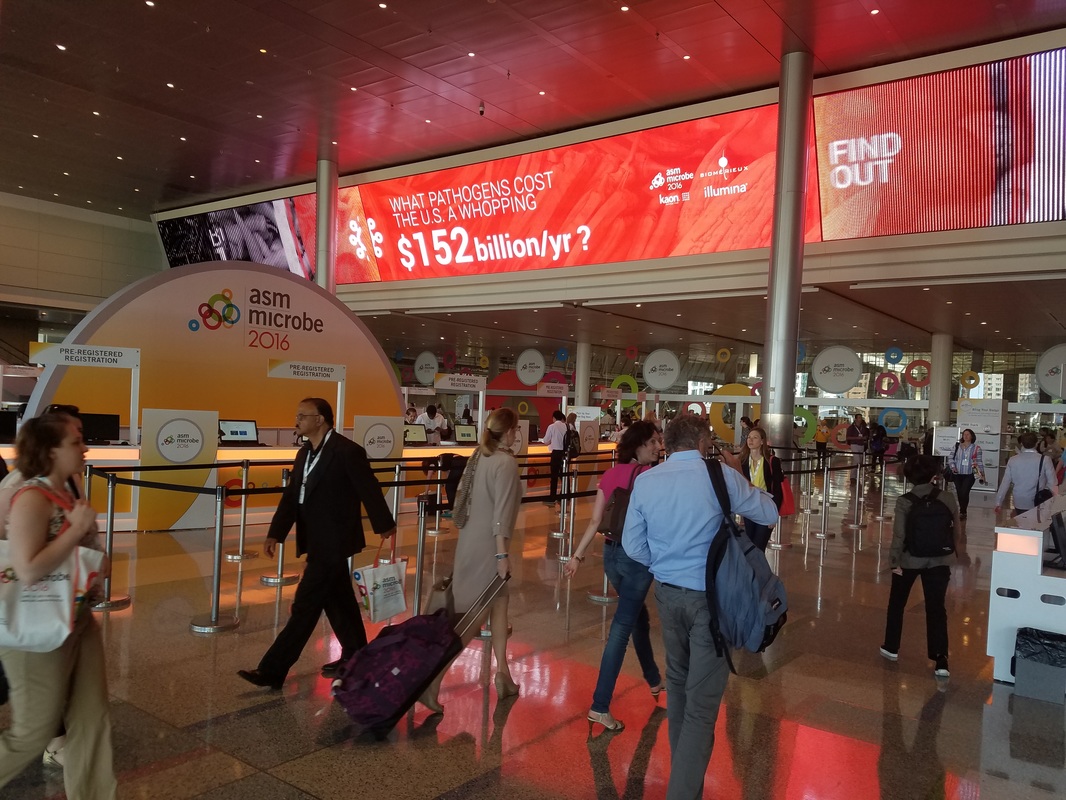
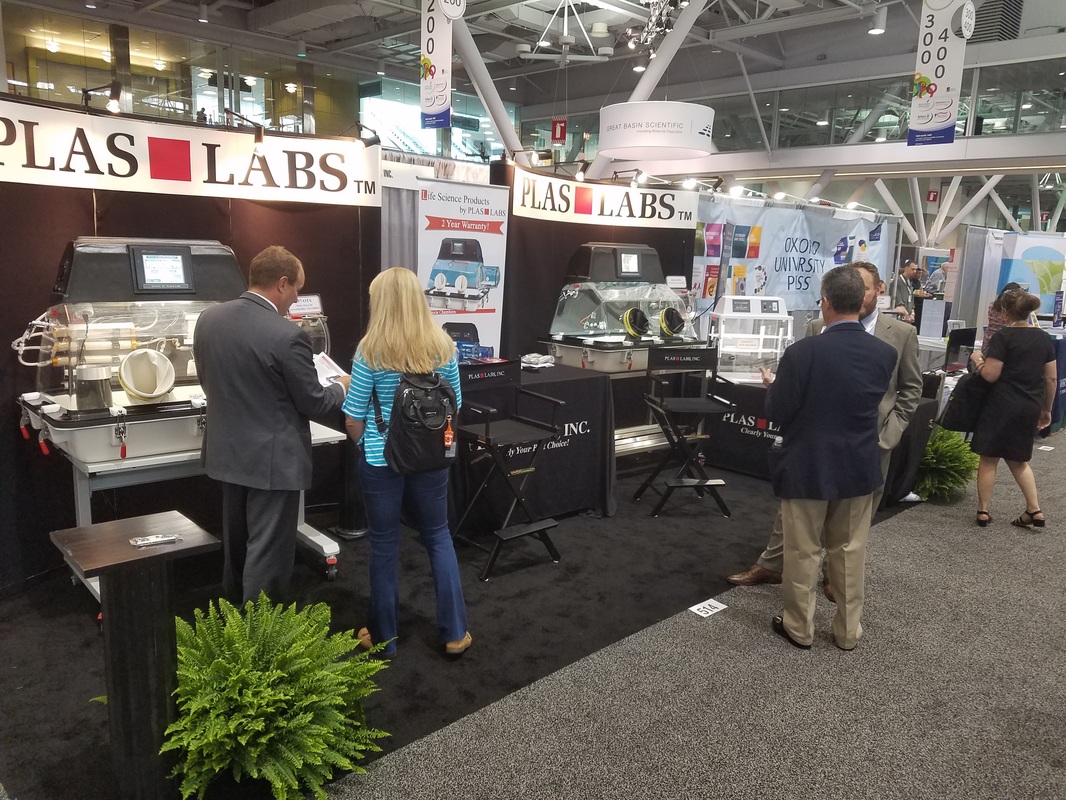
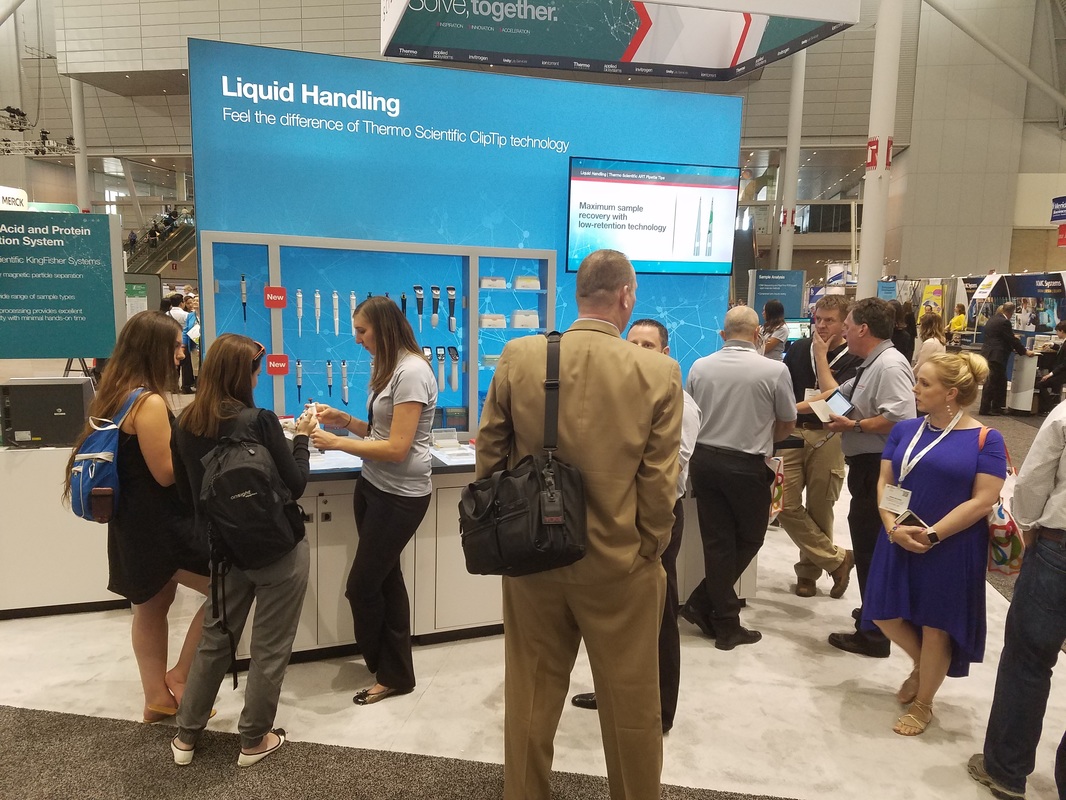
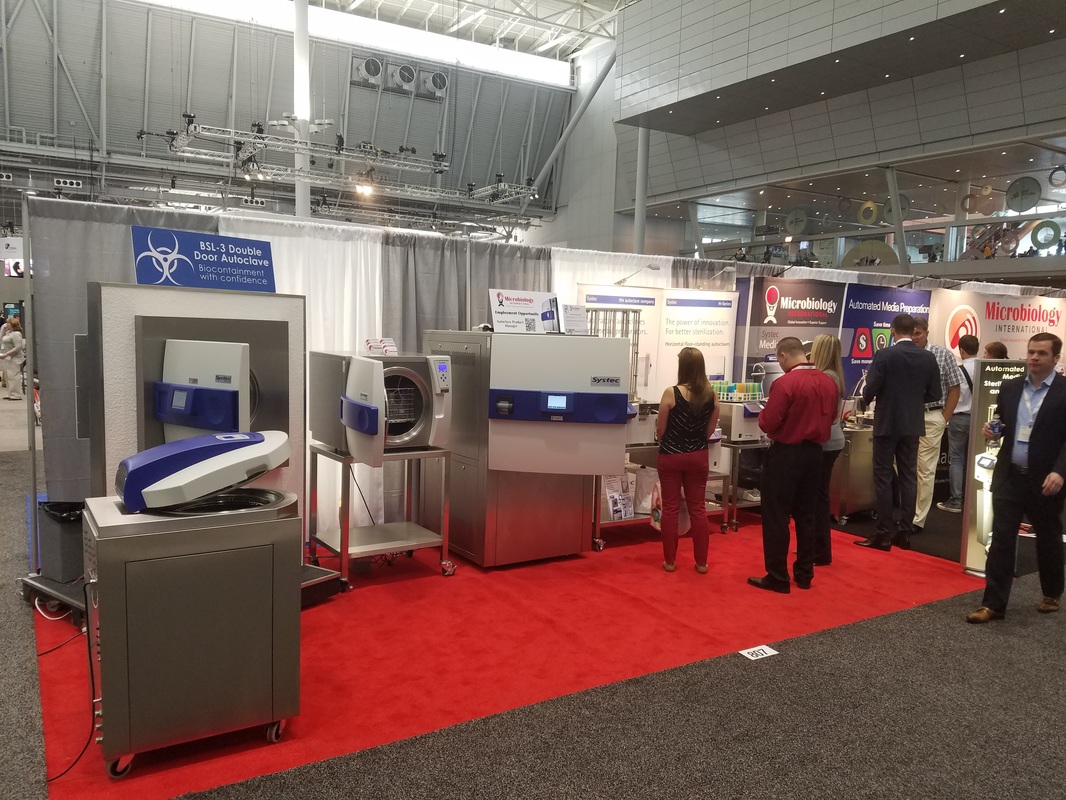
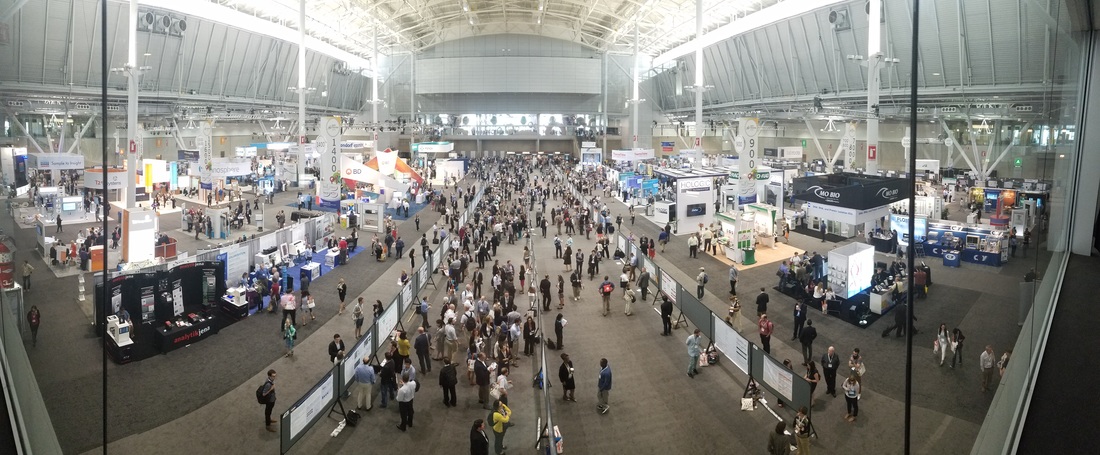
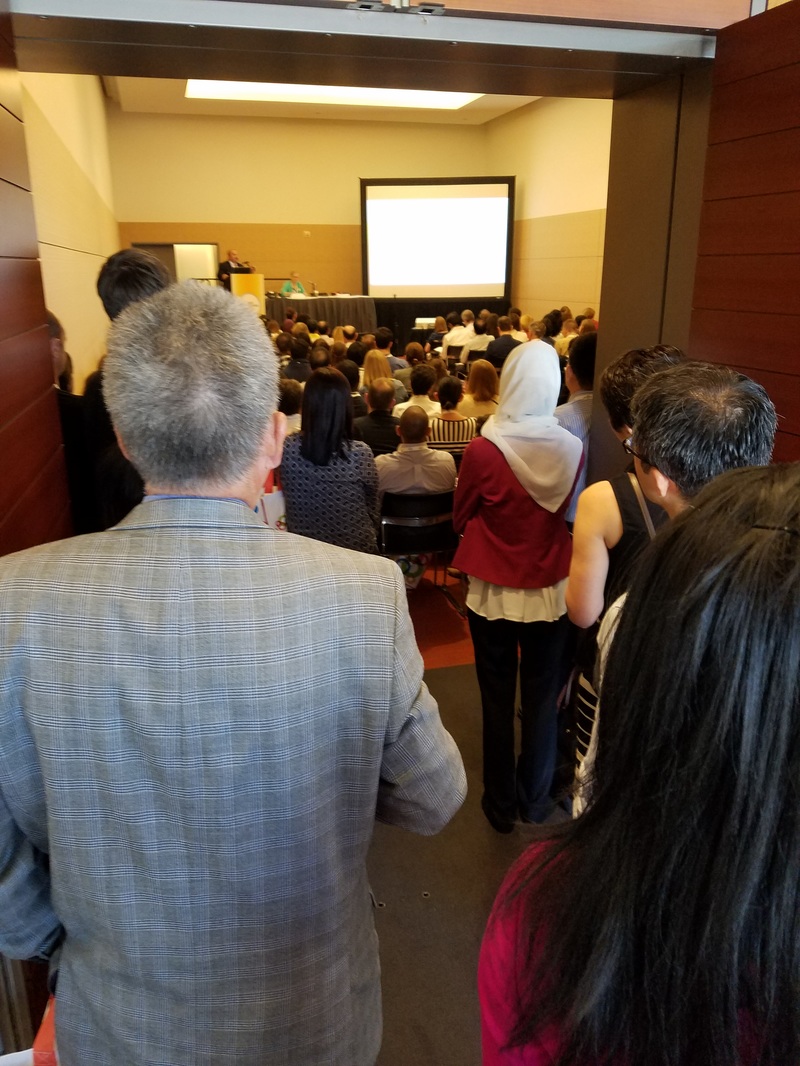
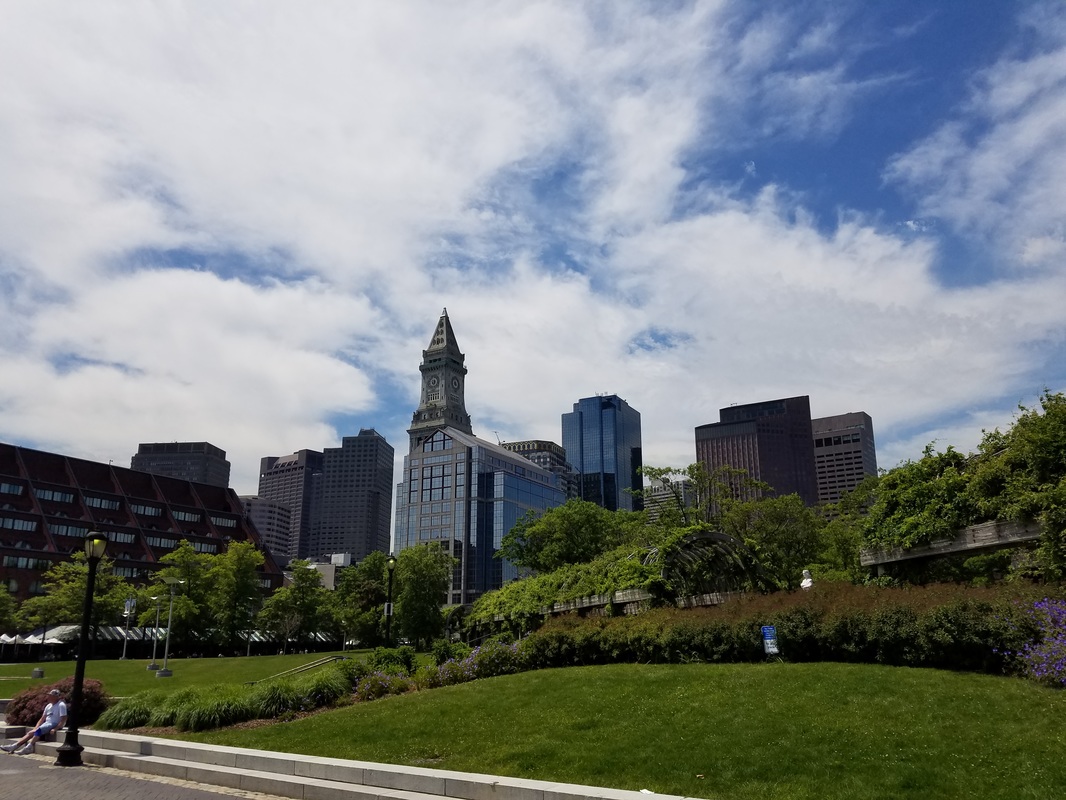
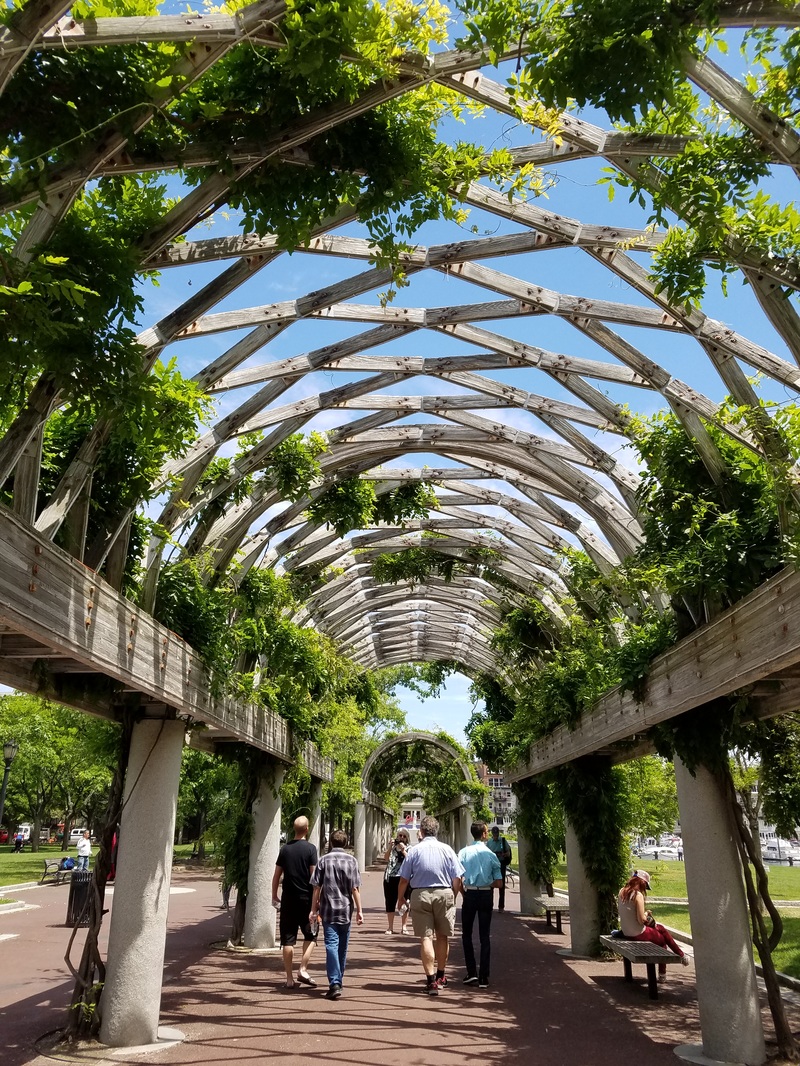

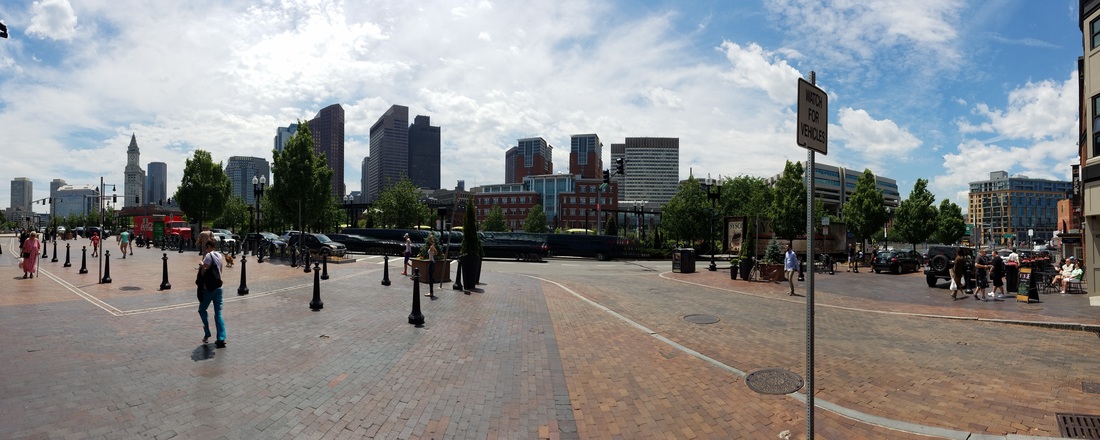
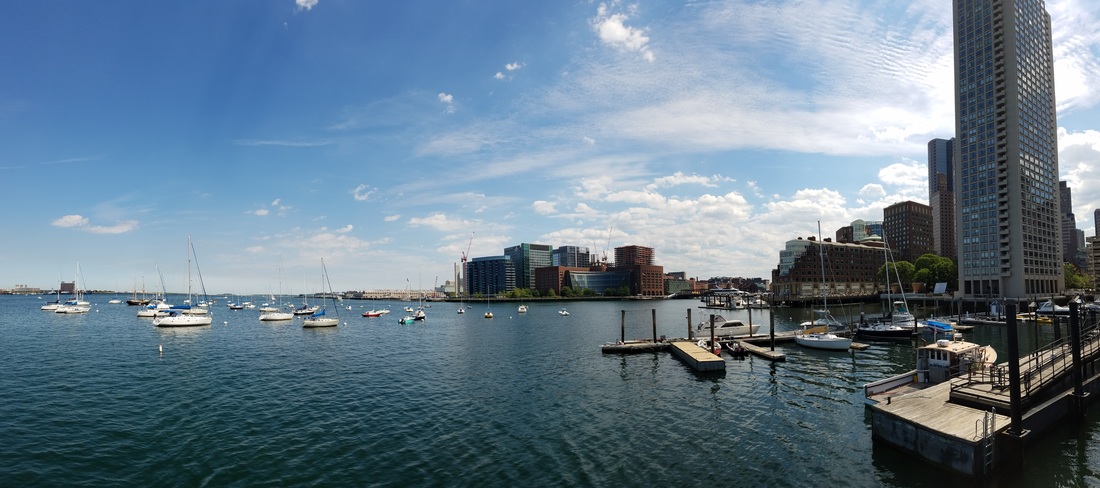
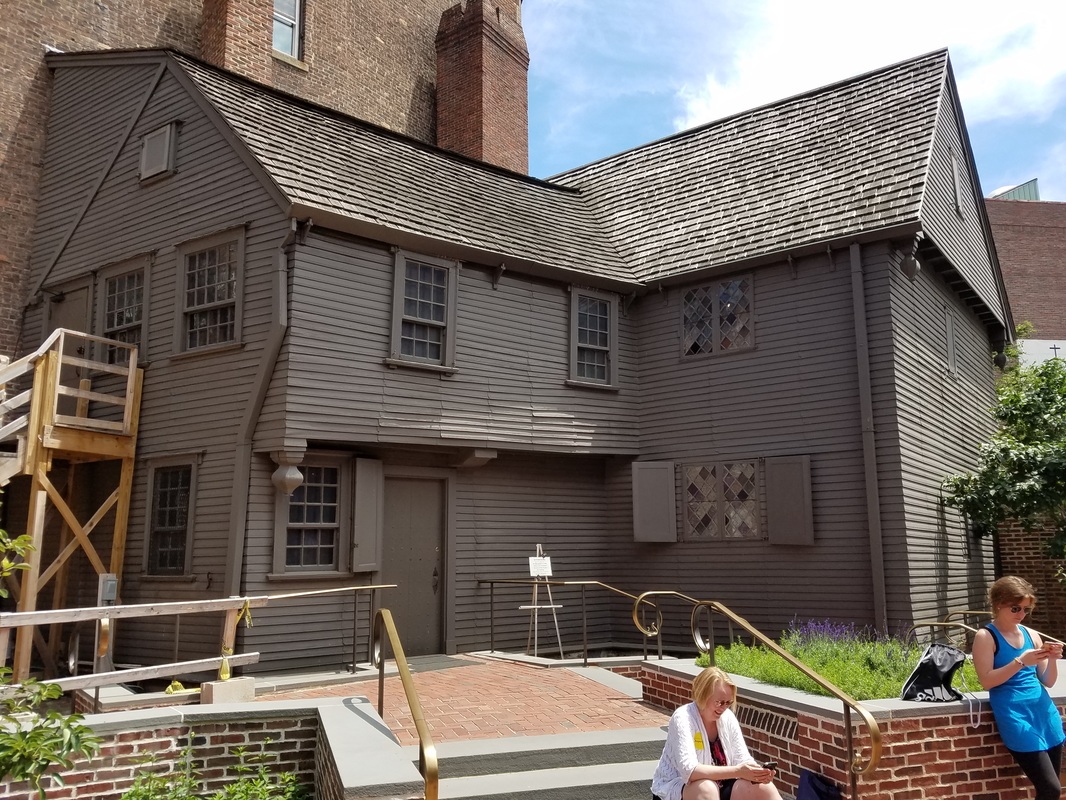
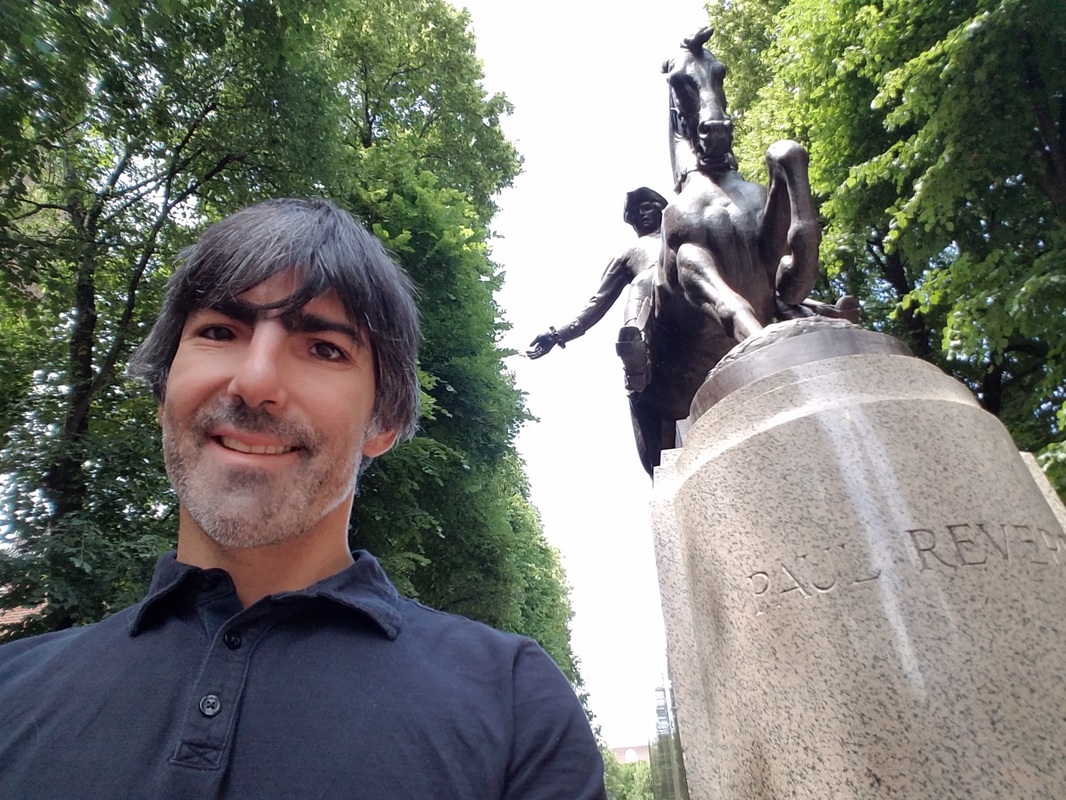
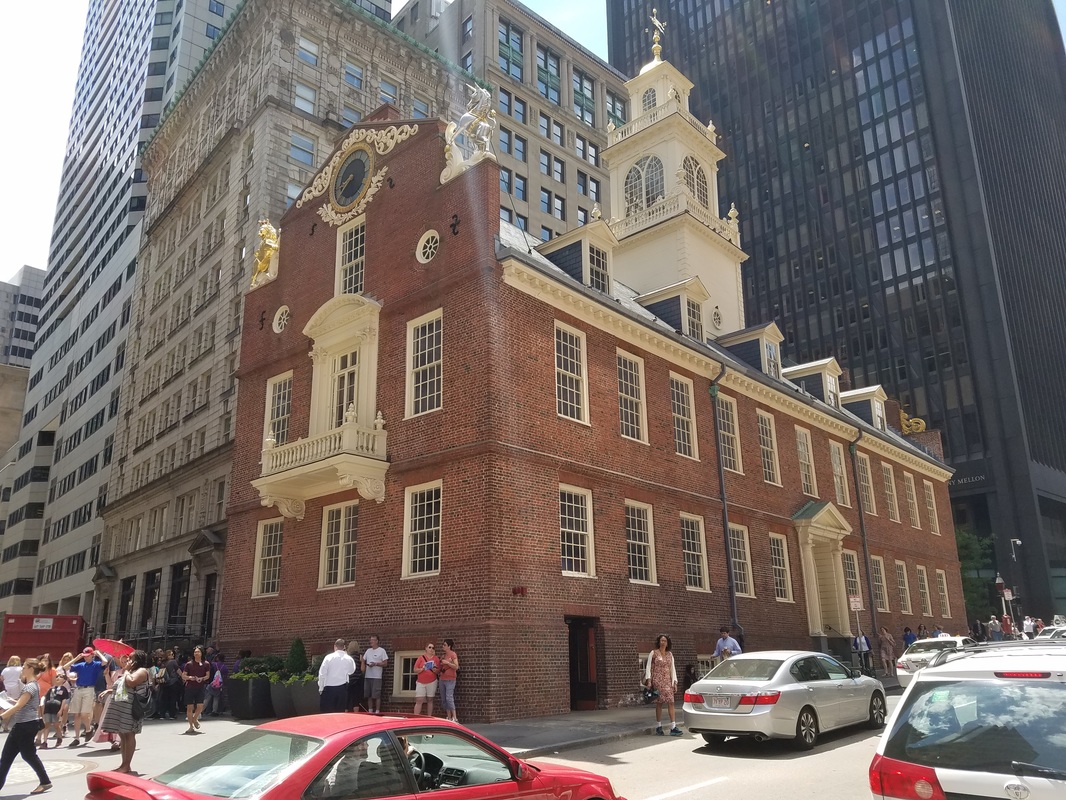
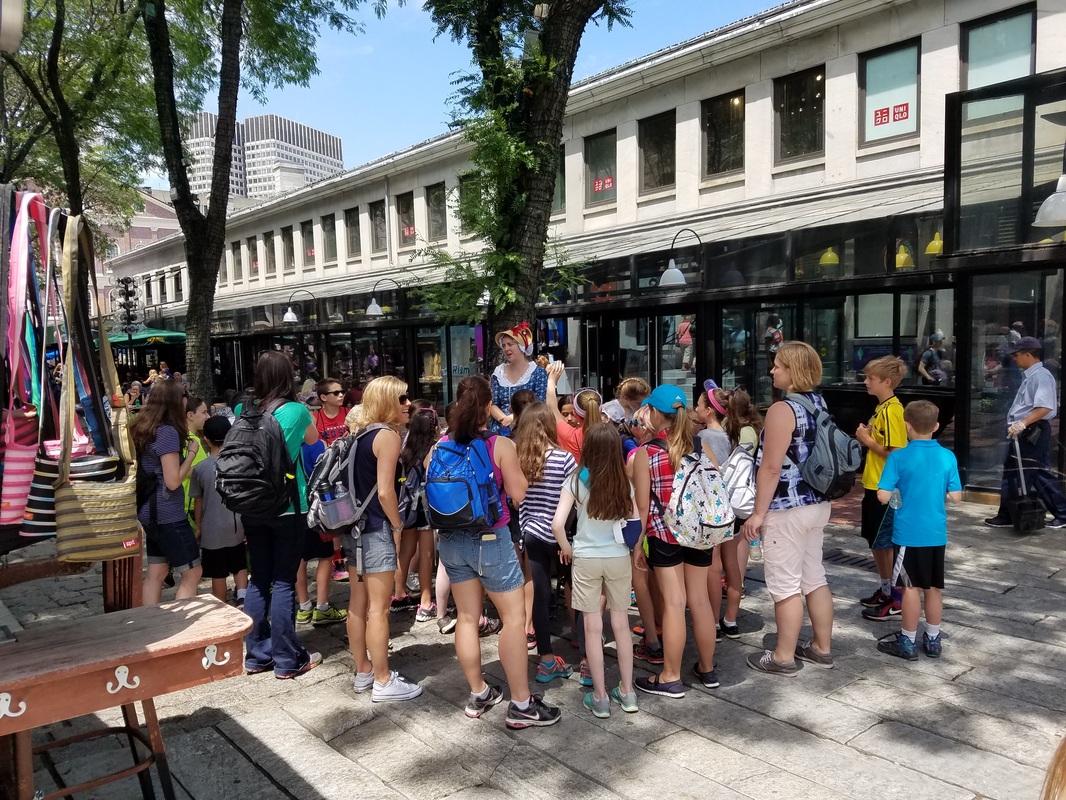
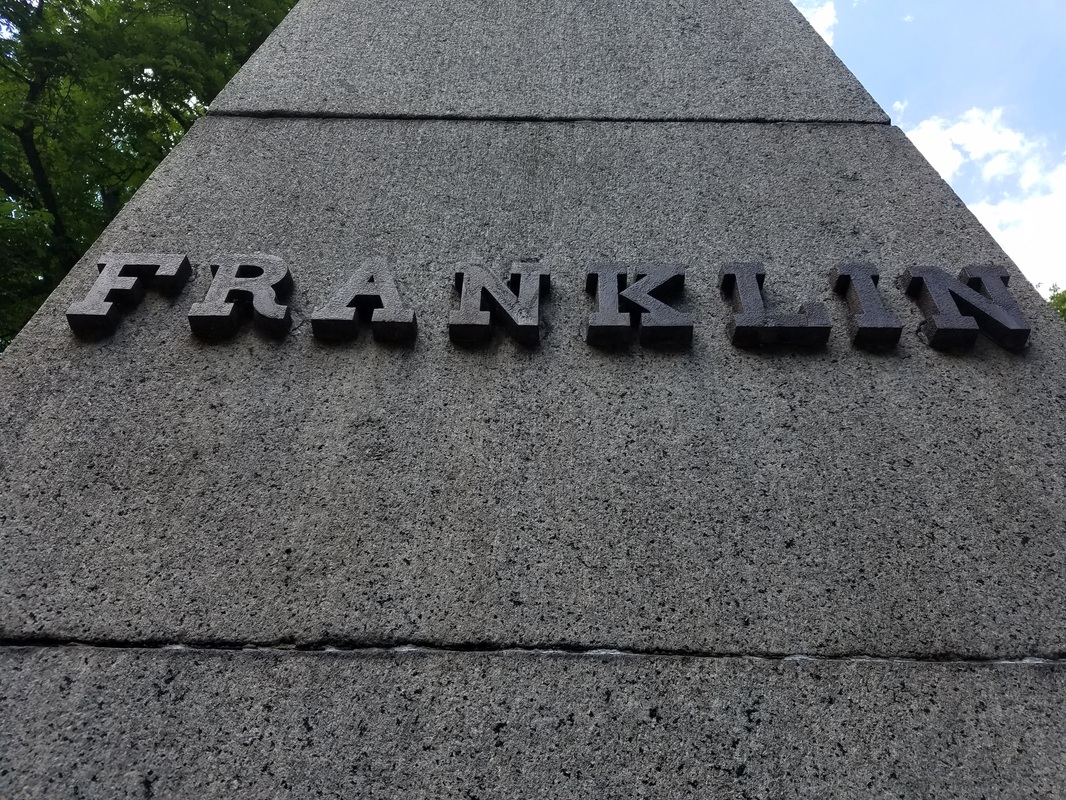
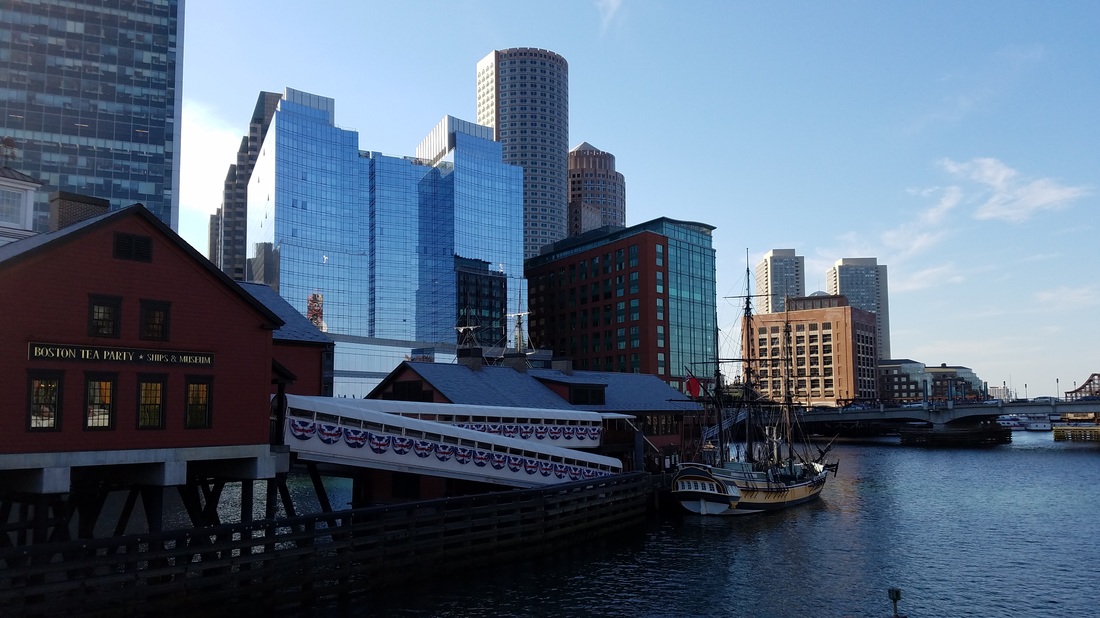
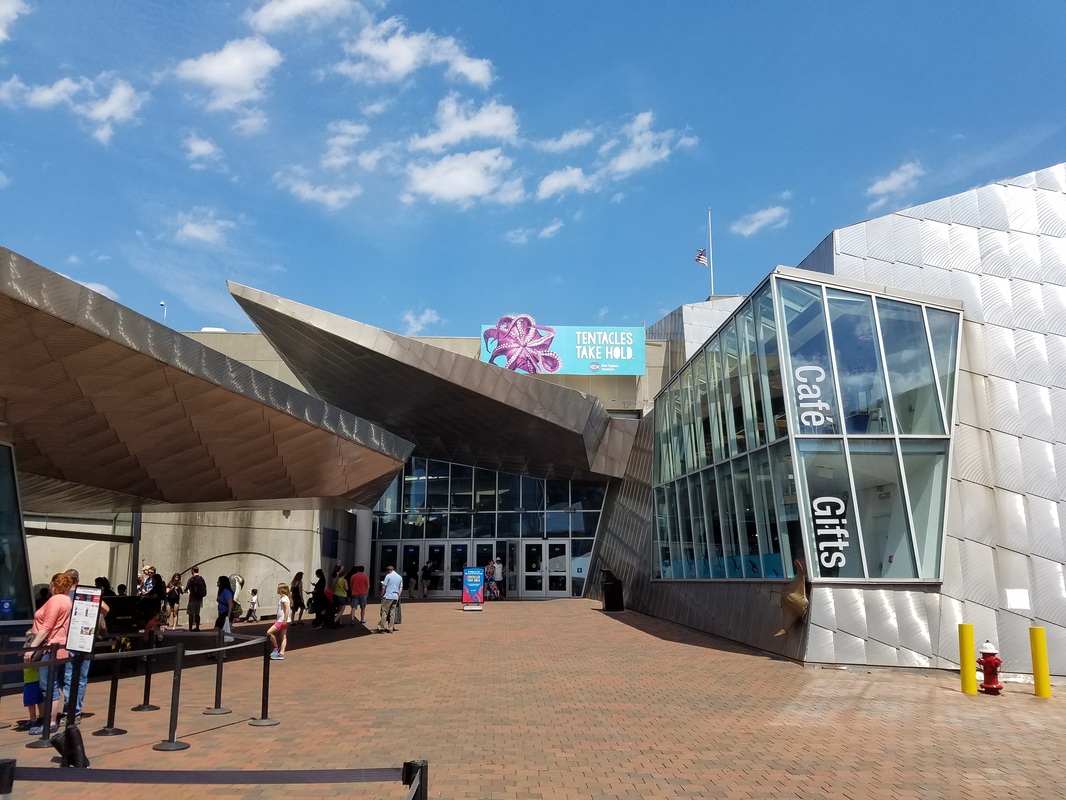
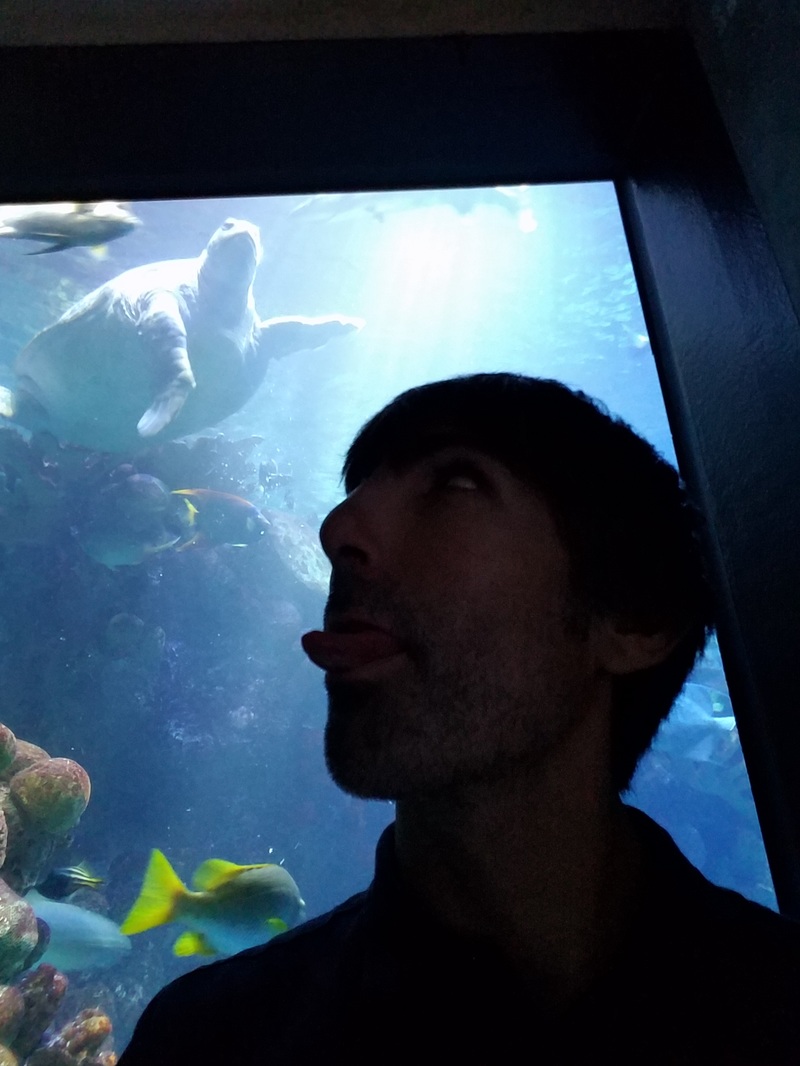
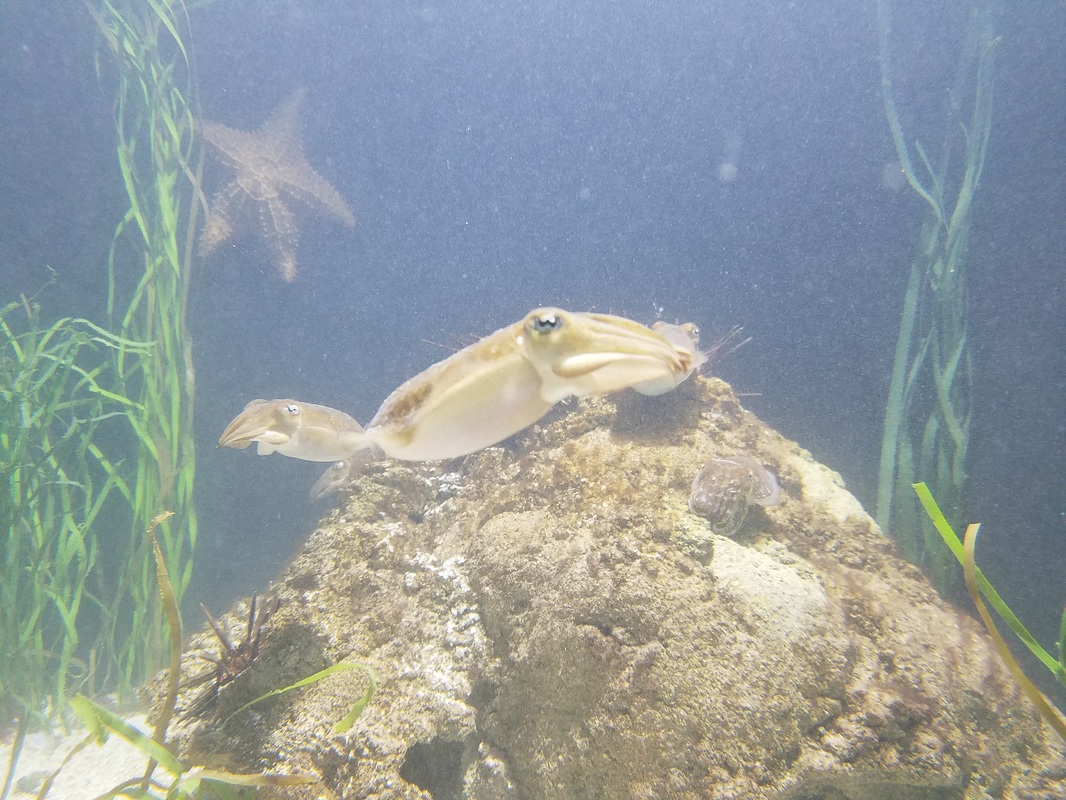
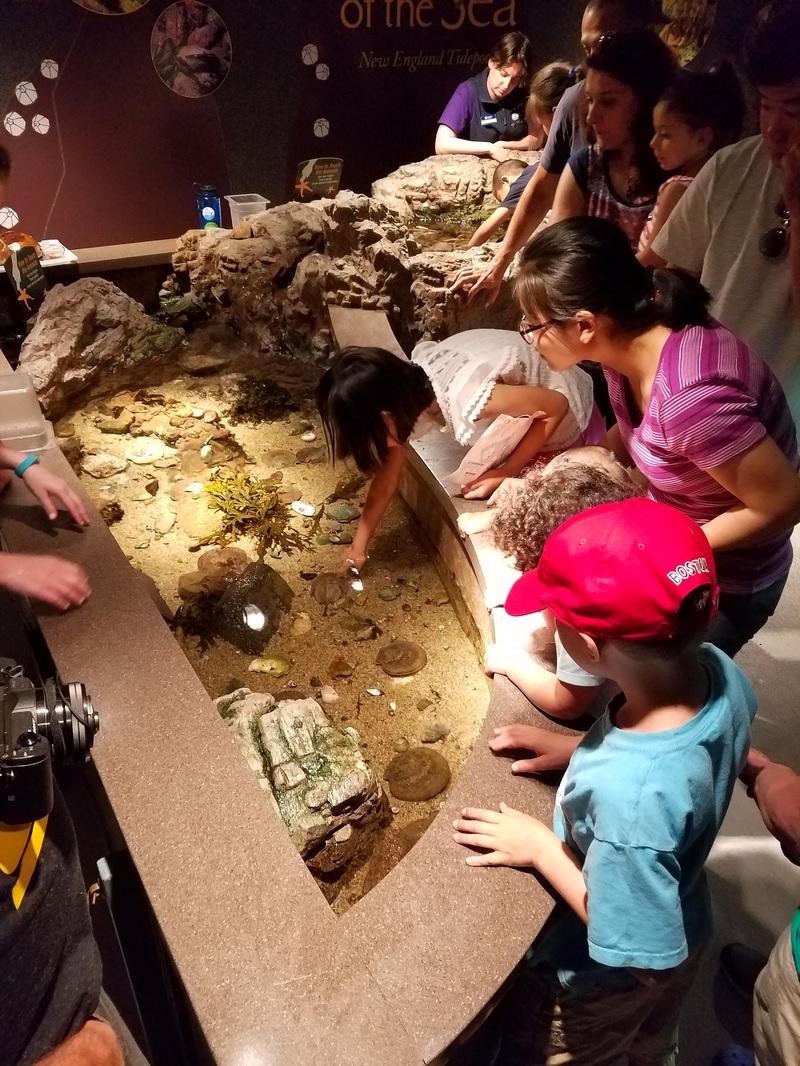
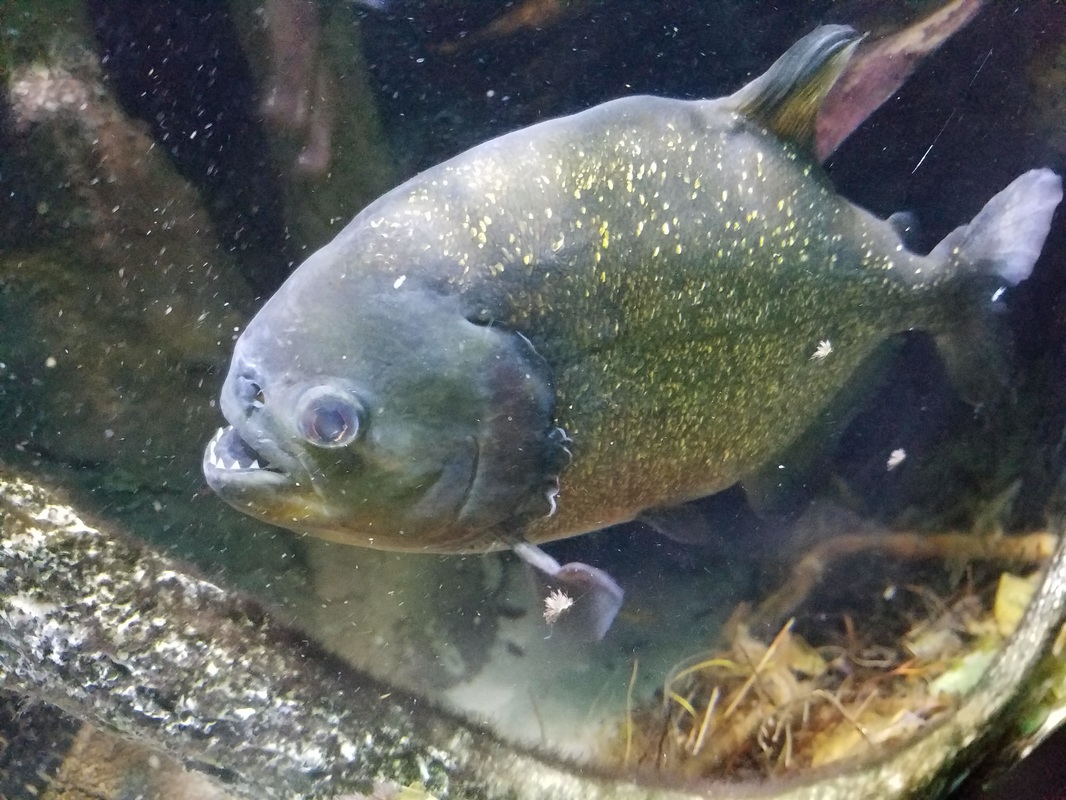
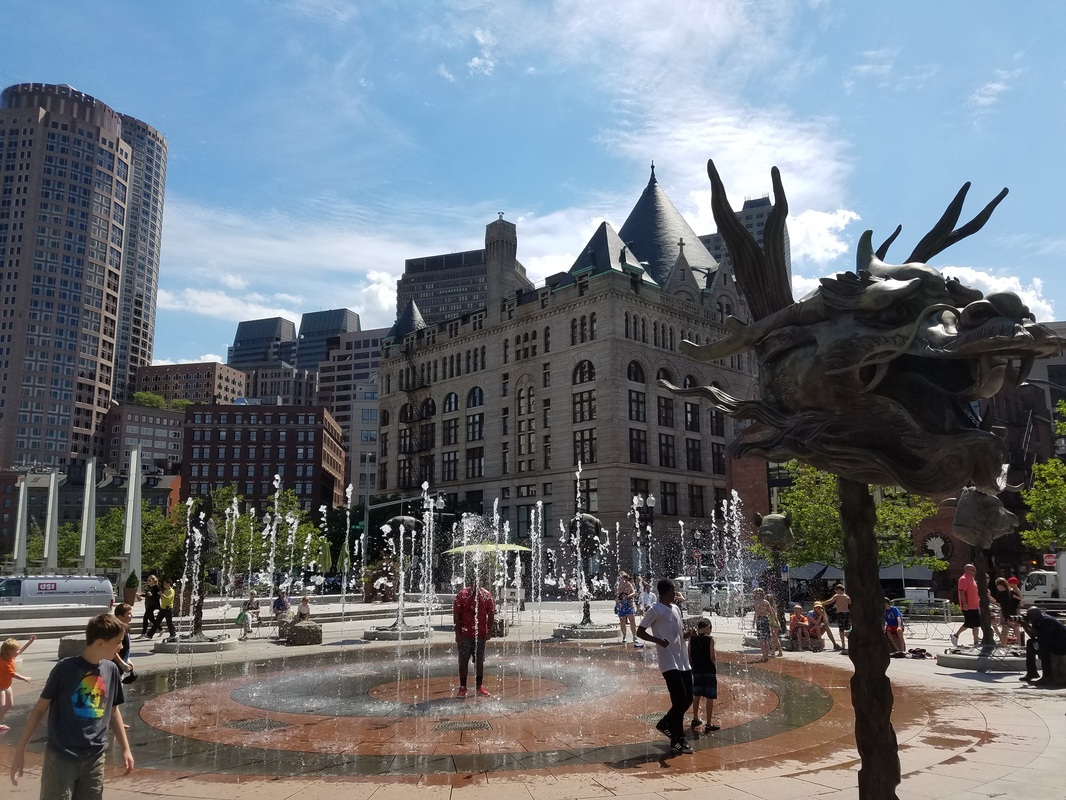
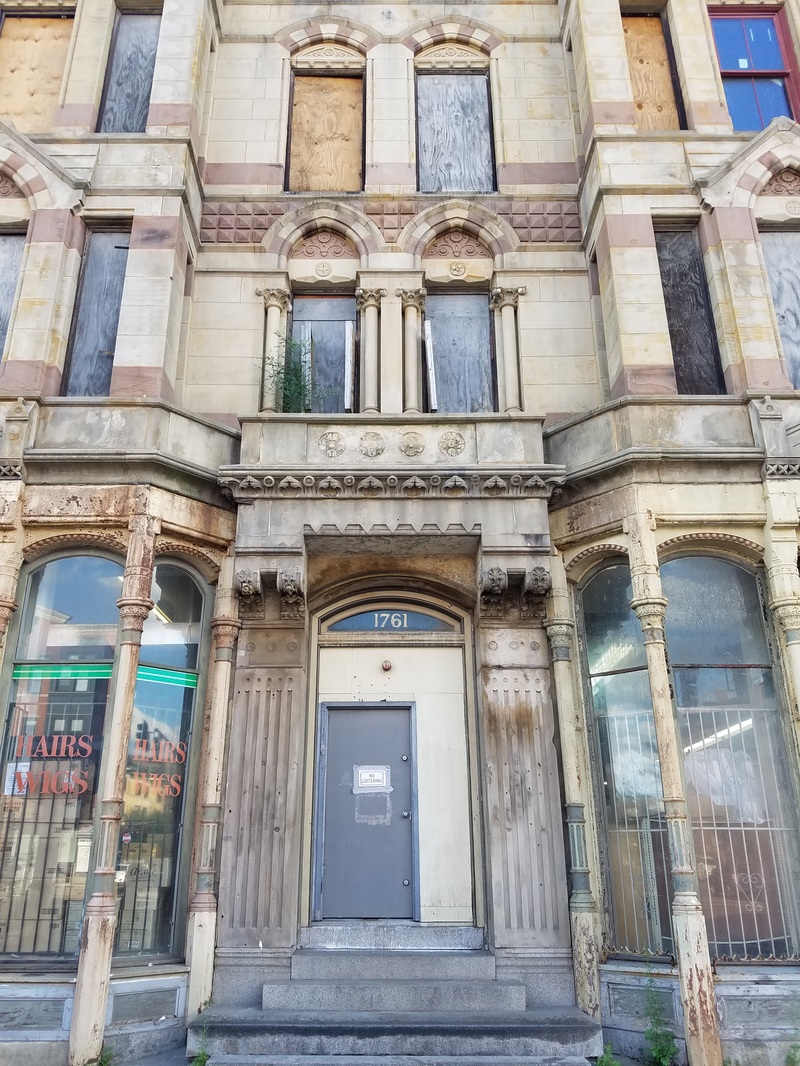
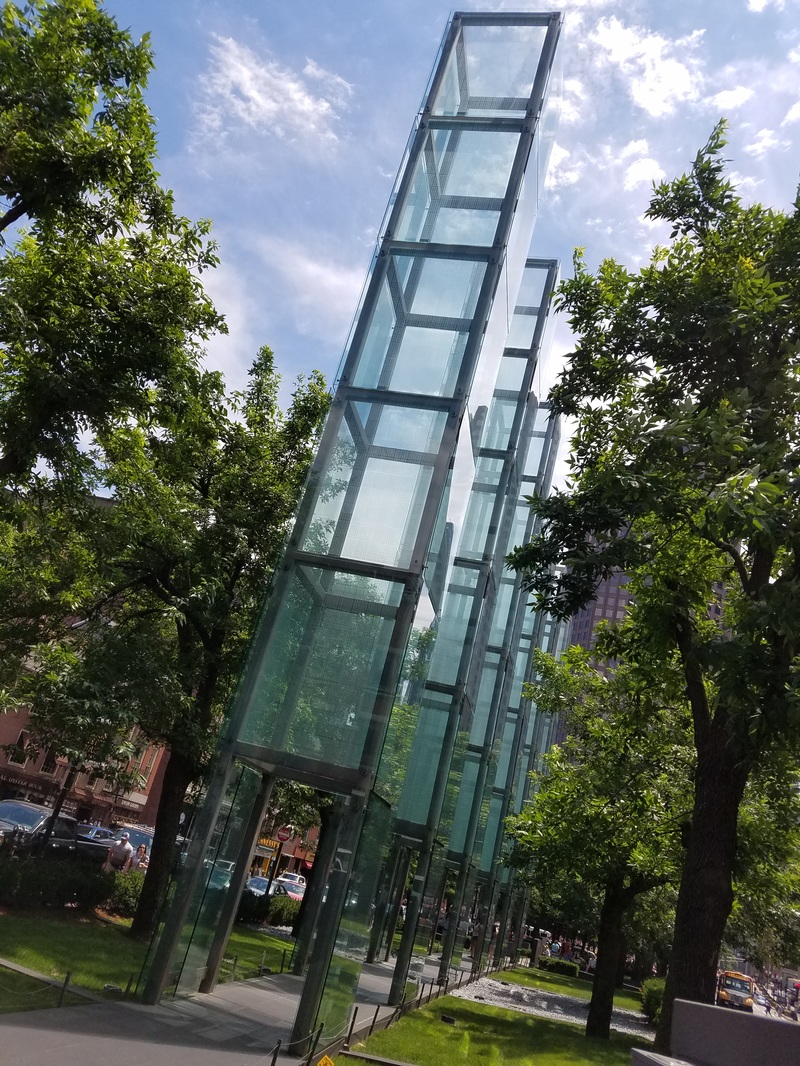
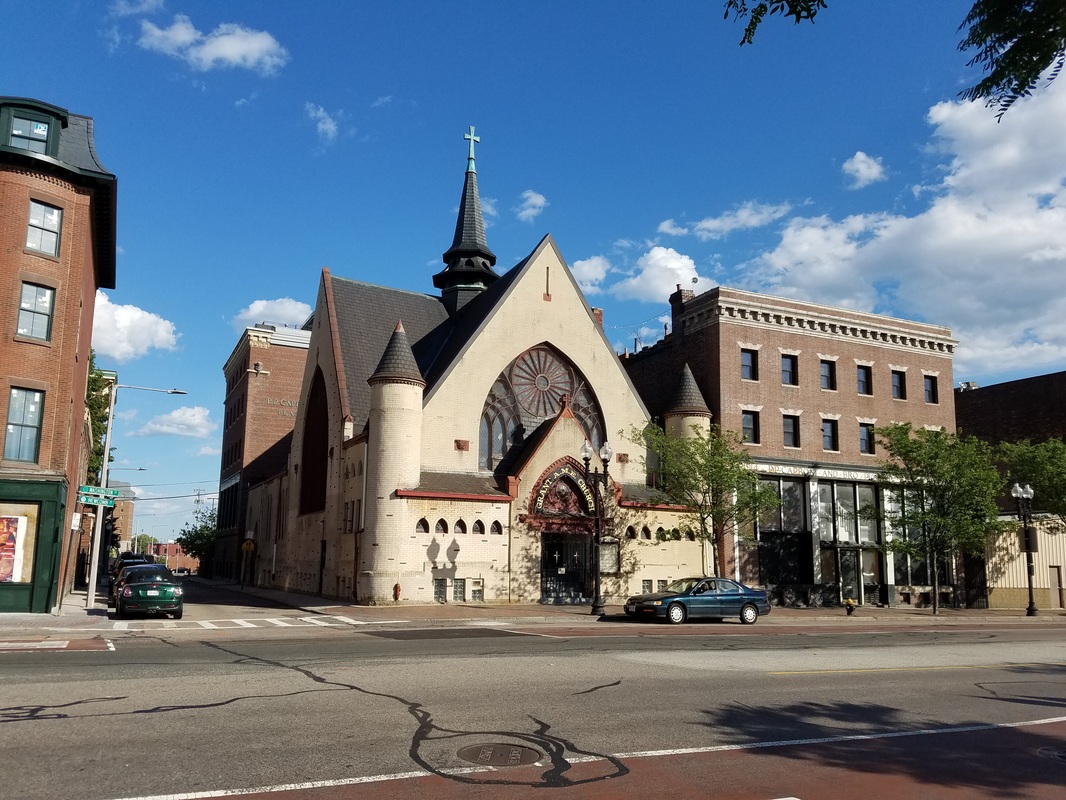
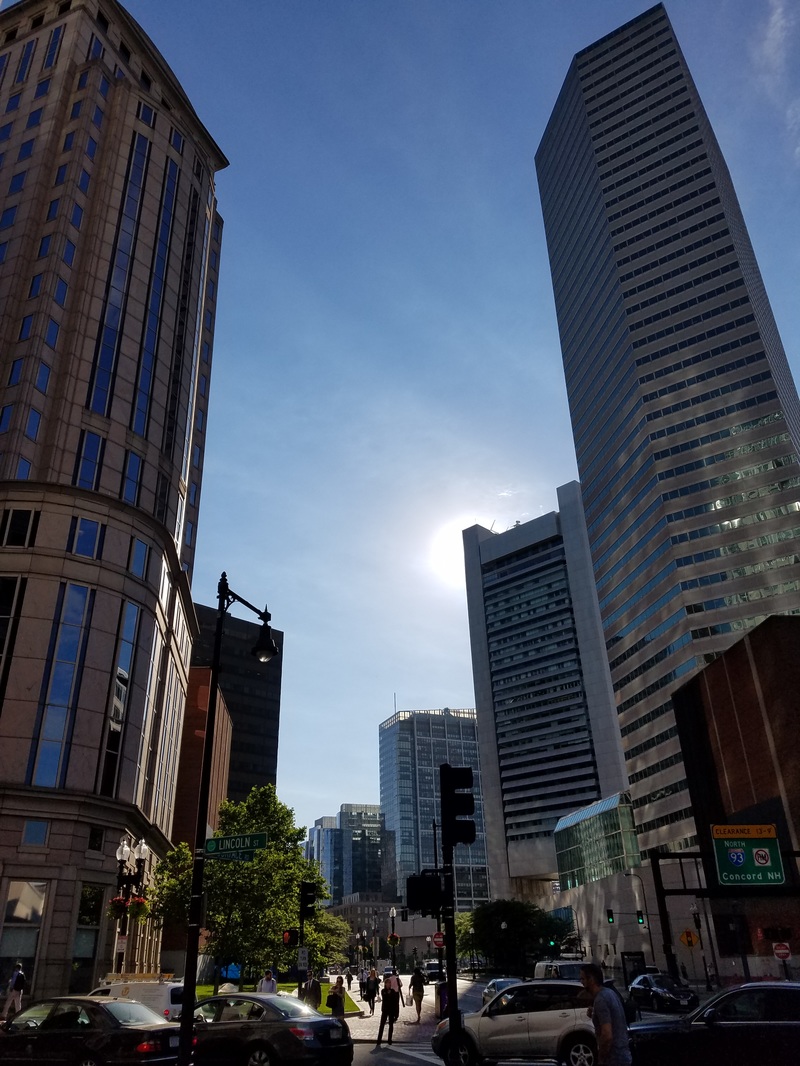
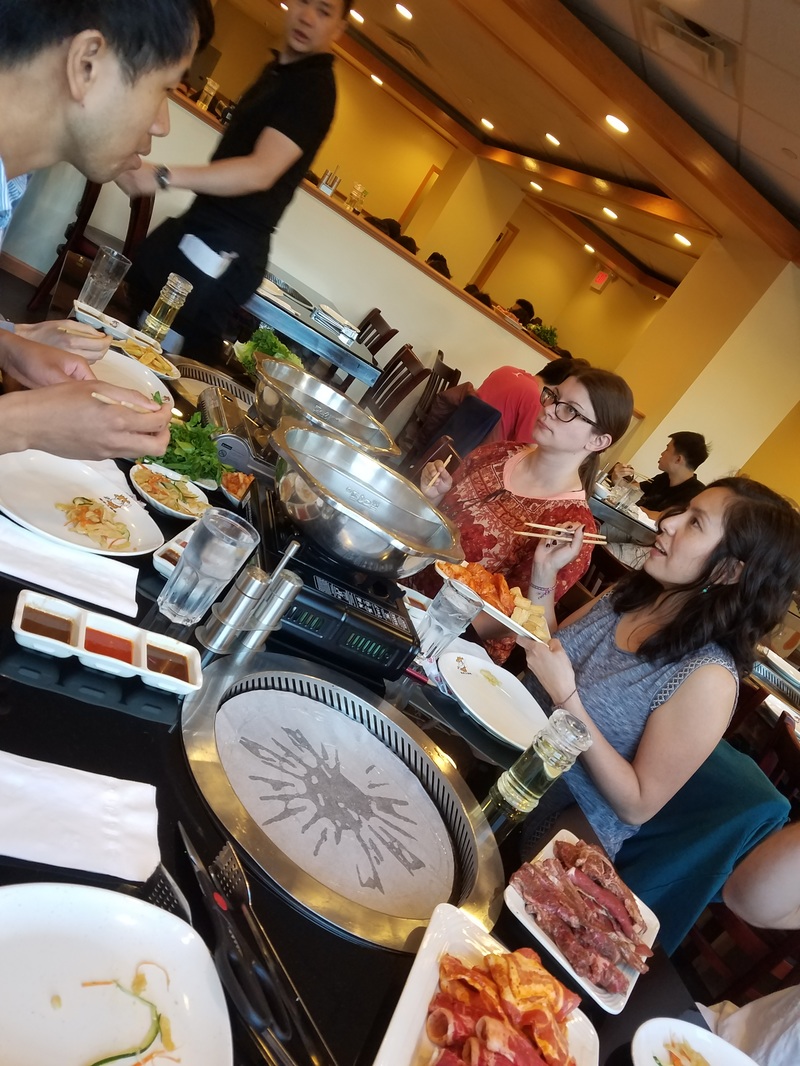
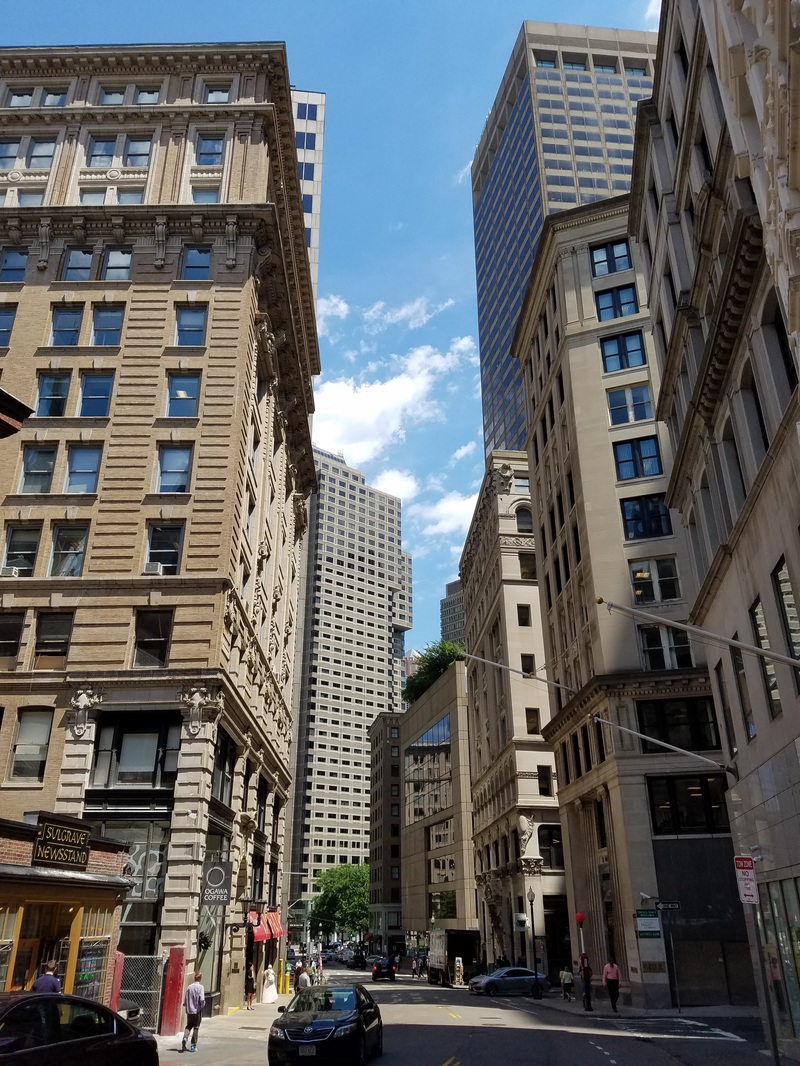
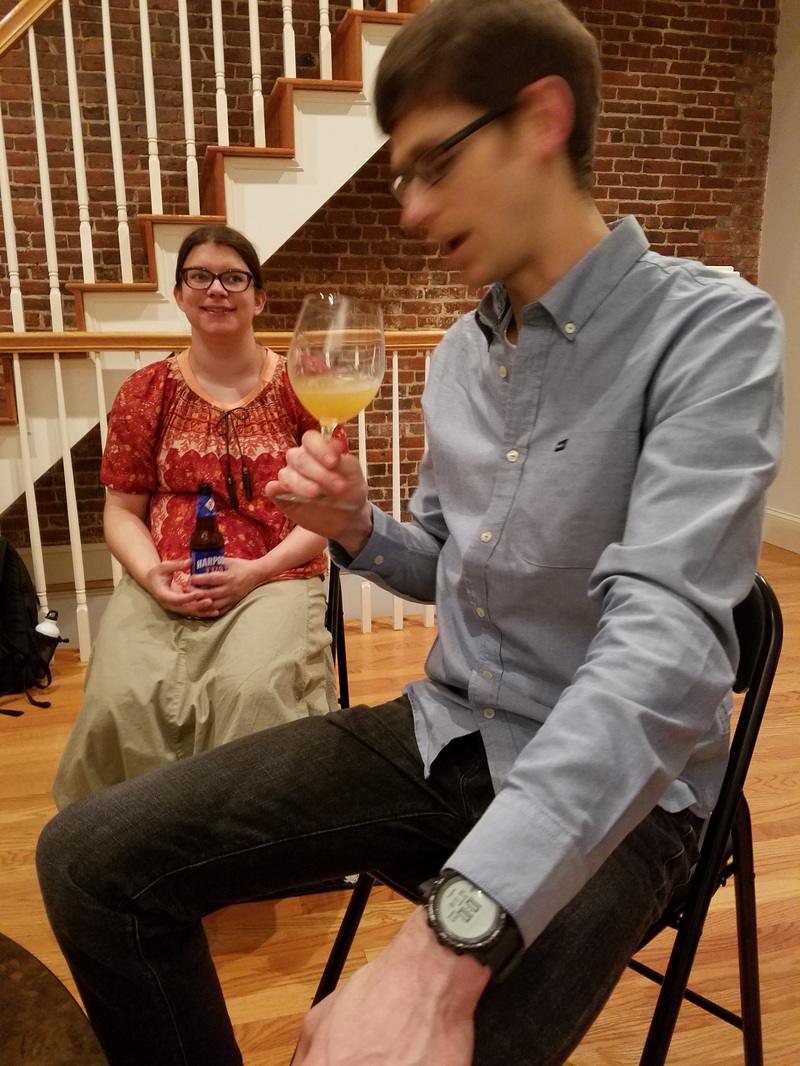
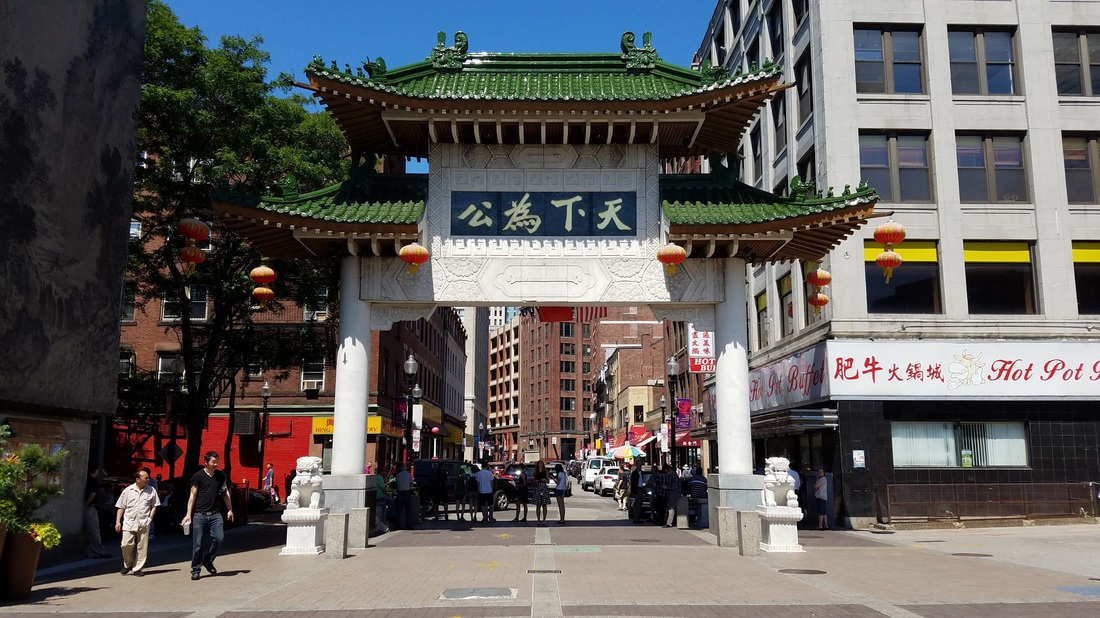
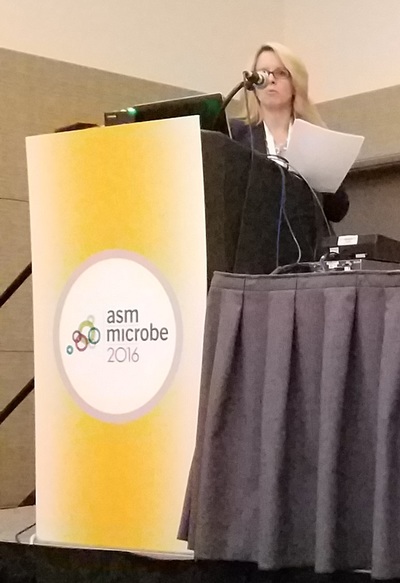
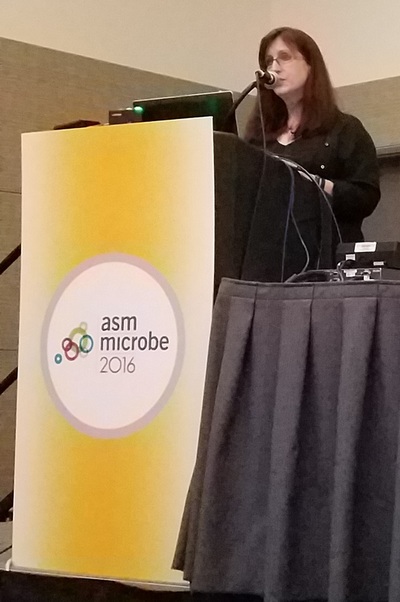
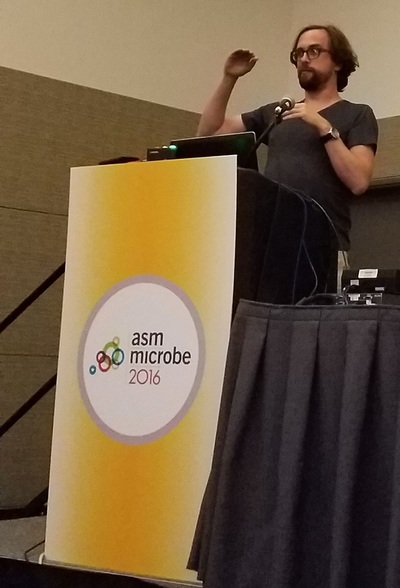
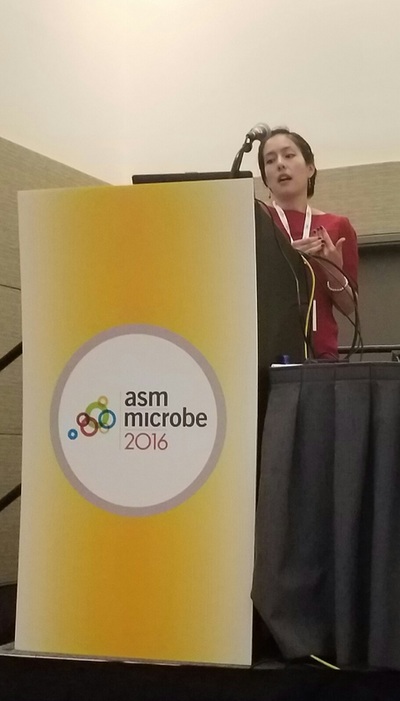
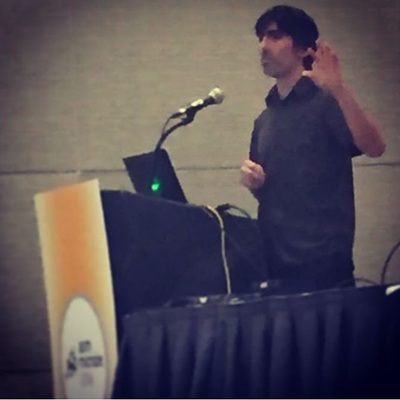
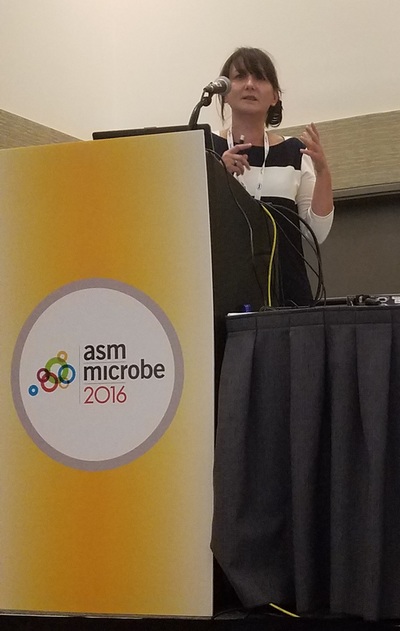
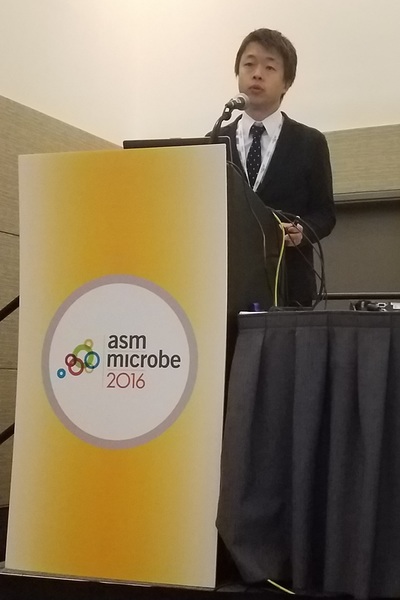
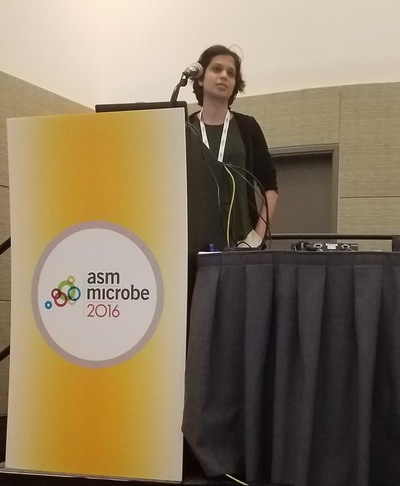
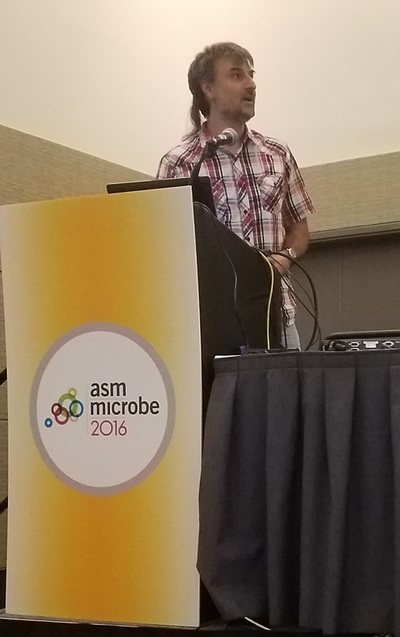
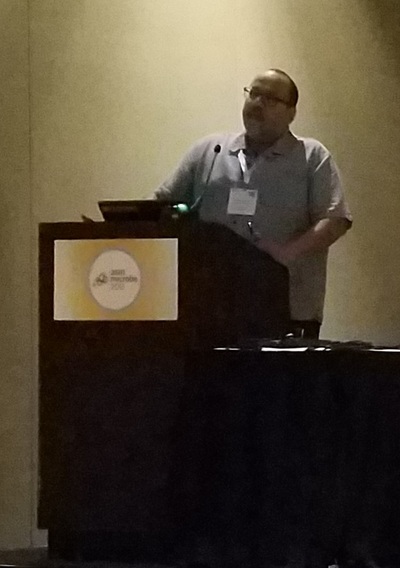
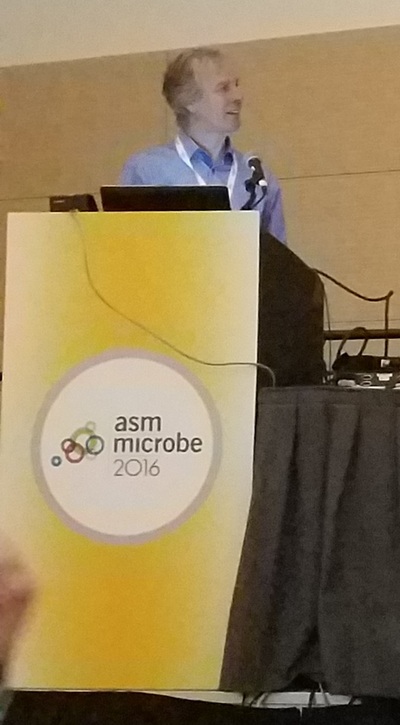
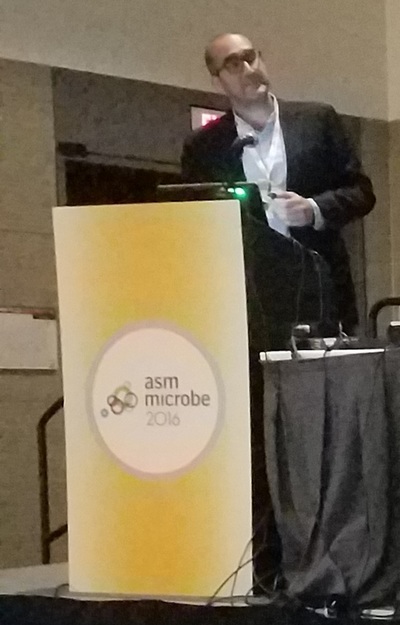
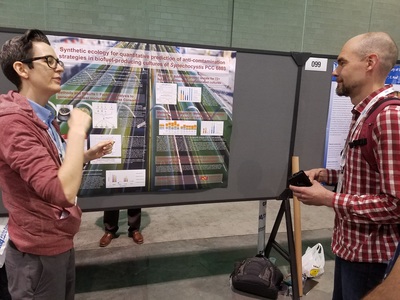
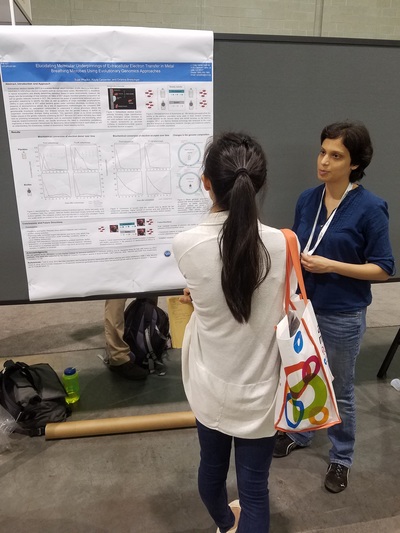
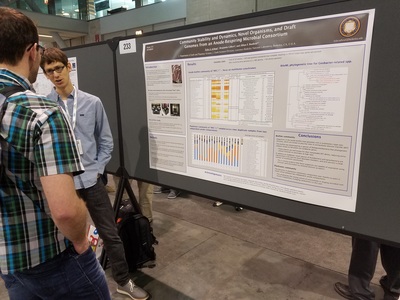
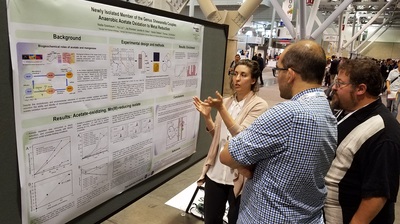
 RSS Feed
RSS Feed